For generations African American scientists faced tougher challenges to gain an academic degree in the field of science and received little or no accolades for their accomplishments and breakthroughs. Yet, they have given America everything from a national blood bank to GPS and even the ice cream scoop. Systematic racism and prejudice have prevented timely and deserved recognition for too long.
We will never have a truly comprehensive list of all the efforts from African American scientists in the past, but here we look at 6 outstanding individuals, the contributions they made, and the genius they continue to achieve today.
Benjamin Banneker
Astronomer and Mathematician
Born in Elicott’s Mills, MD – November 9, 1731
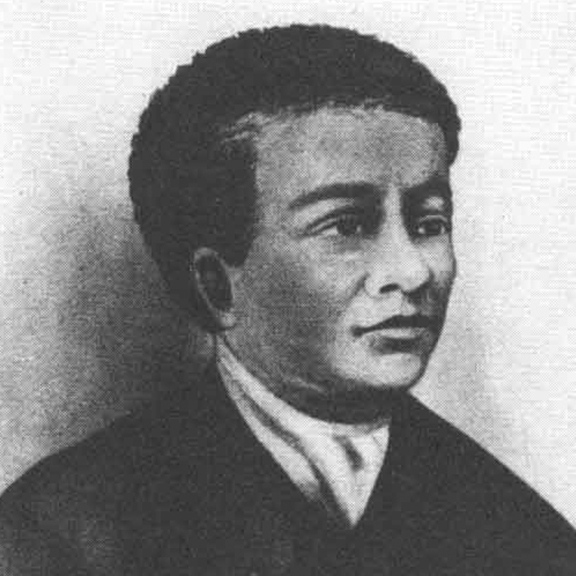
The colour of the skin is in no way connected with strength of the mind or intellectual powers.”
Benjamin Banneker
One of the first African Americans to become a distinguished scientist, Benjamin Banneker was largely self-taught in the fields of math and astronomy. When Banneker looked into the night sky he did not just see stars, he saw astronomical patterns. He applied math to the movement of constellations—like those on the MOVA Constellation Globe (pictured below)—to accurately predict a solar eclipse in 1789. Banneker also fought for equality, writing to then Secretary of State Thomas Jefferson in 1791, questioning the slave owner’s claim to be a “friend of liberty,” and asking him to abandon false beliefs that one race is superior in any way to another. Jefferson later appointed Banneker to the surveying team that mapped Washington, DC.
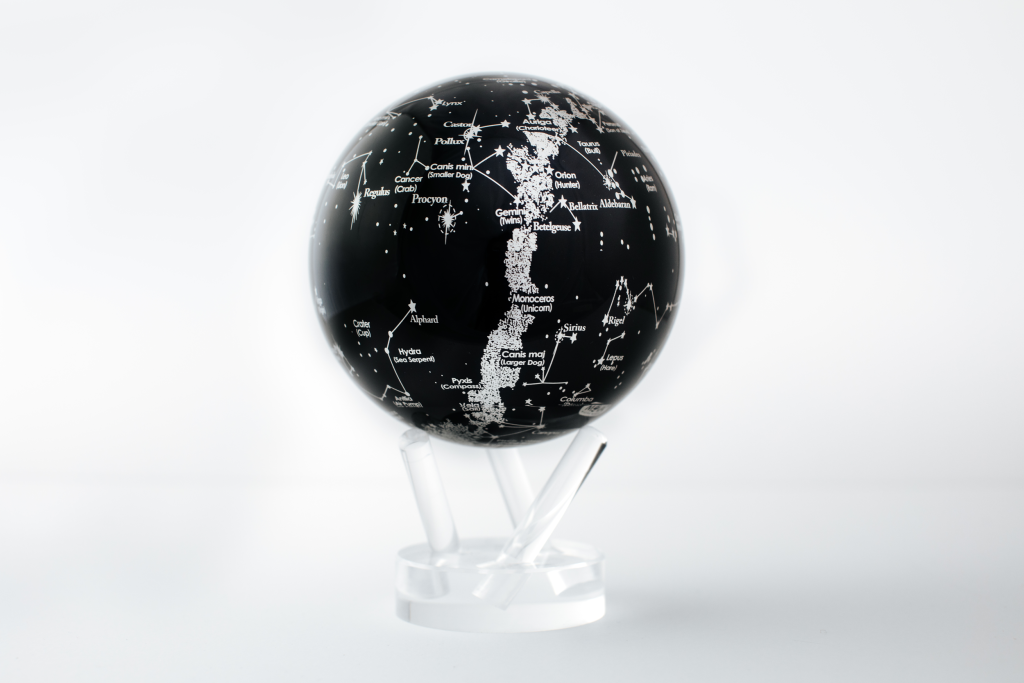
George Washington Carver
Agricultural Scientist and Inventor
Born in Diamond, MO – c. 1864
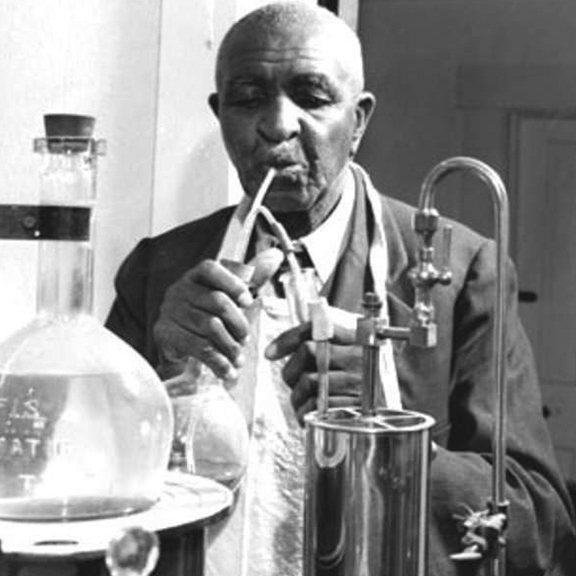
Education is the key to unlock the golden door of freedom.”
George Washington Carver
Born into slavery near the end of the Civil War, George Washington Carver did not learn to read until after the war ended. Carver became interested in botany and eventually became the first African American to earn a bachelor’s and a master’s degree in science upon graduation from Iowa State University. Soon after graduation, Booker T. Washington offered Carver a position at Tuskegee University. While at Tuskegee, Carver conducted research that led to the idea of crop rotation—planting different cops each year to naturally replenish nutrients lost from growing one individual crop in a field.
Matthew Henson
Explorer
Born in Nanjemoy, MD – August 8, 1866
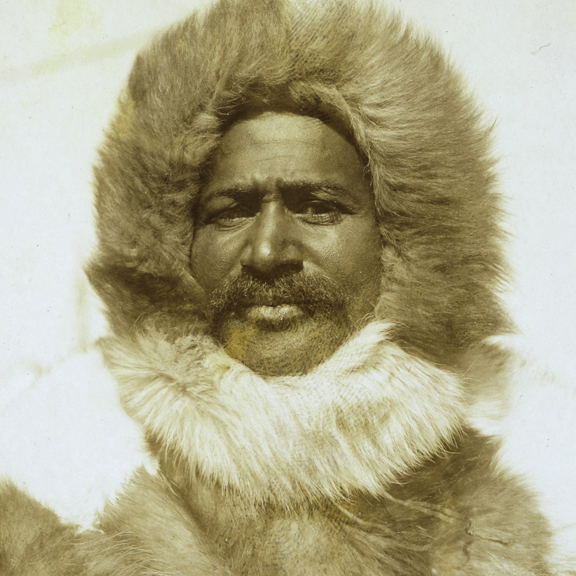
I think I am the first man to sit on top of the world”
Matthew Henson
One year after the Civil War, Matthew Henson was born to free sharecroppers. He became an orphan as a child, but he did not let that stop his drive to explore a free world. At age 12 Henson joined a sailing crew that traversed the world, making stops in Asia, Africa, and the Black Sea. In 1909 he joined Robert Peary on an expedition to the North Pole—visible on the limited edition MOVA Sky Blue and White Globe (pictured below). Henson reached the pole and planted the US flag 45 minutes earlier than Peary, but during the time of Jim Crow laws, Henson was overlooked and received no accolades for his accomplishment. In later years he joined the famed Explorers Club and in 1944 he was awarded the Congressional Medal of Honor.

Katherine Johnson
Mathematician and Famed Hidden Figure
Born in White Sulphur Springs, WV – August 26, 1918
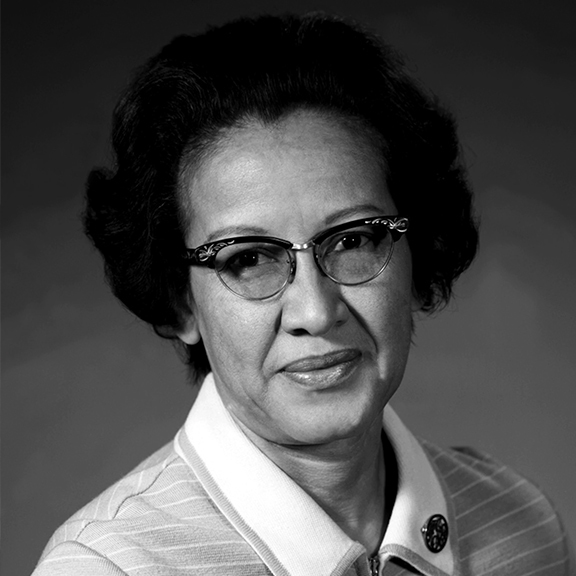
Everything is physics and math.”
Katherine Johnson
As a child, Katherine Johnson counted everything she saw. Everything. In 1939, she became 1 of 3 black students picked to integrate West Virginia University’s graduate school, but she left to start a family before she completed her studies. Years later, she joined the West Area Computing section of the National Advisory Committee for Aeronautics’ (NACA) Langley laboratory. NACA became NASA in 1958 when Johnson was calculating trajectory analysis for Alan Shepherd. Then, in 1962, she was called upon to calculate the launch, landing, and orbital flight of John Glenn and the Friendship 7 mission. It was her most notable work and allowed Americans to see the Earth from space for the first time—an image that inspired the MOVA Earth With Clouds globe (pictured below). At age 97, President Barack Obama bestowed Johnson with America’s highest civilian honor, the Presidential Medal of Freedom.

Gladys Mae West
Mathematician and Computer Scientist
Born in Sutherland, VA – October 27, 1930
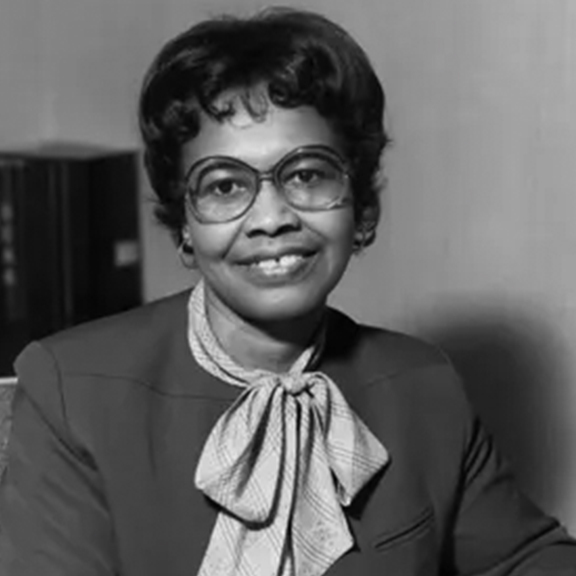
I carried the load round, thinking that I had to be the best that I could be. Always doing things just right, to set an example for other people who were coming behind me, especially women.”
Gladys West
Born in rural Virginia, Gladys West spent her childhood helping her parents on the farm. As she grew up, she dedicated her time to her education and graduated valedictorian of her high school in 1948. Shortly after receiving a master’s degree in mathematics, she took a position as a computer programmer and project manager for data processing systems at the Naval Proving Ground. In the 1970s and 1980s she programmed an IBM to model the shape of the Earth, and her data became the foundation for the Global Positioning System (GPS) that has become a vital component of our daily lives.
Dr. Mae Jemison
Physician and Astronaut
Born in Decatur, AL – October 17, 1956
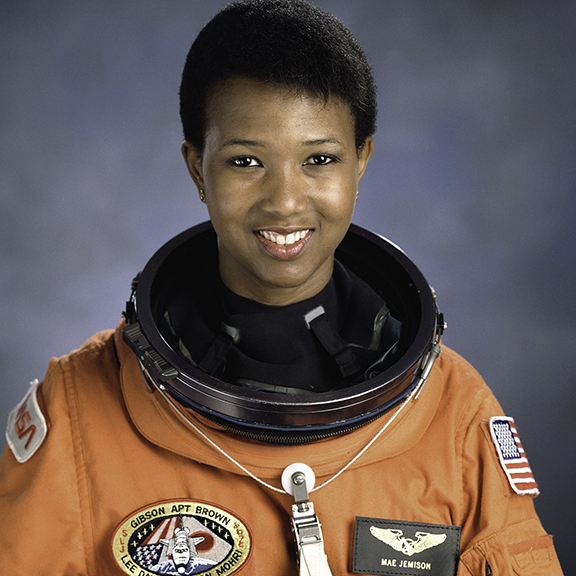
Never be limited by other people’s limited imagination.”
Dr. Mae Jemison
As a child, Mae Jemison loved to dance and watch coverage of the Apollo missions on TV, although she was continually upset by the fact there were no women astronauts. At Stanford, she double majored in chemical engineering and African American studies. But she was not done learning—she then went to medical school at Cornell University before working with the Peace Corps in Africa for 2 years. Jemison’s life changed in 1983 when Sally Ride became the first American woman in space. Jemison applied to NASA soon after, but NASA paused on hiring new astronauts following the Challenger explosion in 1986. She applied again in 1987 and was chosen for astronaut group 12. Jemison became the first African American woman in space when Endeavor launched on September 12, 1992. She is currently part of the 100 Year Starship project to guarantee human exploration to another star within 100 years.

